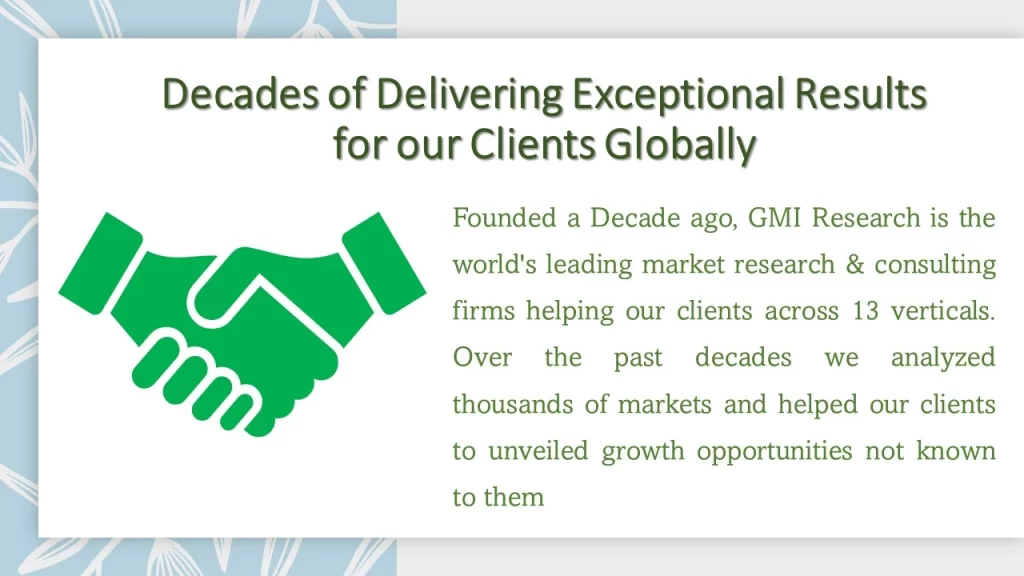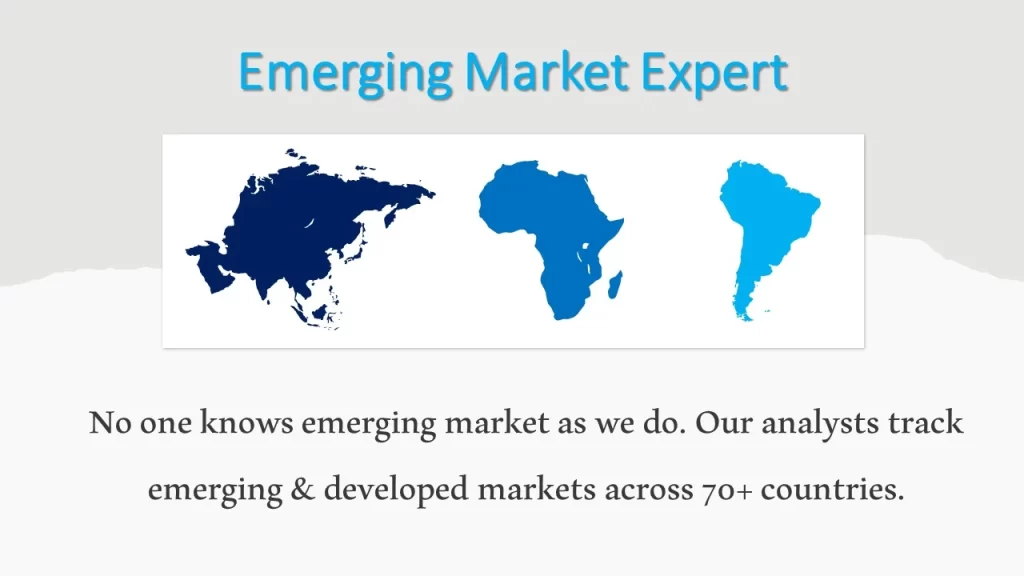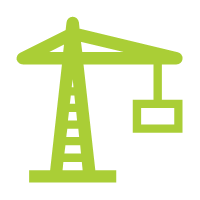Zero Energy Buildings Market by Equipment (HVAC Systems, Lighting, Walls & Roofs, and Others), By Application (Non-Residential and Residential), and By Region – Global Opportunities & Forecast, 2020-2027
Zero energy buildings integrate renewable energy generation and energy efficiency to consume only that much energy, which can be produced onsite through renewable sources over a specified time period. These buildings contribute less greenhouse gas overall to the atmosphere during operations as compared to non-zero energy buildings. Zero energy buildings offer low energy costs and have less impact on the environment. It can be accomplished through several means, which include energy efficiency retrofits, integrated design, energy conservation programs, and reduced plug loads.
To have an edge over the competition by knowing the market dynamics and current trends of “Zero Energy Buildings Market”, request for Sample Report here
The major factors contributing to the growth of the global zero energy buildings market are the inclination of the population towards minimizing energy consumption and the increasing environmental concerns. These concerns have shifted individuals towards green buildings by the adoption of zero energy building solutions. Architects and construction companies have started implementing sustainable building technologies owing to the growing awareness about the social and environmental impact of buildings and the stringent policies and rules set by the governments across the globe. For instance, in 2020, twenty new construction and major renovation have emerged in United States and British Columbia as a step towards decarbonization. These factors are likely to surge the growth of the global zero energy buildings market.
Zero energy buildings are efficient and high-performing buildings, which use renewable technologies to develop energy same as consumed by the building from purchased commercial energy sources. These buildings have various energy benefits, such as non-polluting, lower cost, renewable energy sources, and locally available. These benefits play a significant role in propelling the growth of the global zero energy buildings market. The steady growth in improving sustainability and scope for growth has provided several benefits to developers and architects, which has further increased the Energy Efficiency Building (EEB) projects. These projects aim to identify, remove barriers, and transform structures in an effective way to reach energy self-sufficiency. All these factors will surge the growth of the global zero energy buildings market.
Do you want to know more about the Research process and detailed Methodology, Request Research Methodology of this report
Based on the equipment, the market is segmented into HVAC systems, walls & roofs, lighting, and others. The HVAC system segment is projected to grow at a higher CAGR during the forecast period. HVAC systems have the highest energy consumption in a building. HVAC manufacturers are constantly investing in their research & development activities to develop and create energy-efficient HVAC products. For instance, the European Union started Next Generation Ventilation (NeGeV) project, which aims at the development of a full-scale prototype of an HVAC solution for office applications. These factors provide a substantial surge to the growth of the HVAC system segment in the global zero energy buildings market.
Based on the application, the market is segmented into residential and non-residential. The residential segment is anticipated to grow at a faster CAGR over the forecast period. This mainly due to the growing awareness among the population for renewable energy sources, which has increased the investments to improve energy efficiency. Governments across the globe have put strict regulations and policies to reduce carbon emission. For instance, in 2018, the European Union mandated that all new public buildings should be net zero energy building. All these factors play a crucial role in driving the growth of the residential segment in the global zero energy buildings market.
In case, any of your pain points areas are not covered in the current scope of this report, Request for Free Customization here
Based on the region, North America region is expected to grow at a higher CAGR over the forecast period. Countries such as the U.S. and Canada are the early adopters of zero energy building solutions to cater to the increased global demand with a sustainable approach. Moreover, the stringent regulations and initiatives by the U.S. government, along with the efforts of the U.S. energy department and local organizations to achieve the sustainability of existing and new buildings, are significantly propelling the growth of the zero energy buildings market in North America. For instance, the government in the U.S. is providing subsidies for commercial and residential for zero energy buildings.
Various notable players operating in the market include Daikin Industries, Ltd., Johnson Controls, General Electric, Schneider Electric, Honeywell International Inc., Solatube International, Inc., Siemens, SunPower Corporation, Kingspan Group, and Saint-Gobain, among others.
Key Developments:
-
- In 2020, Johnson Controls and Lawrence Berkeley National Laboratory (Berkeley Lab) released the Building Efficiency Targeting Tool for Energy Retrofits (BETTER). This tool allows building managers and owners to rapidly convert available monthly consumption of building energy into specific recommendations for enhancement.
The global zero energy buildings market has been segmented on the basis of equipment, application, and regions. Based on equipment, the market is segmented into HVAC systems, lighting, walls & roofs, and others. Based on application, the market is segmented into non-residential and residential. Based on region, the global zero energy buildings market is segmented into North America, Europe, Asia-Pacific, and roW.
For detailed scope of the “Zero Energy Buildings Market” report request a Sample Copy of the report
Key questions answered in this research report:
-
- At what pace is global zero energy buildings market growing? What will be the growth trend in the future?
- What are the key drivers and restraints in zero energy buildings market? What will be the impact of drivers and restraints in the future?
- What are the regional revenues and forecast breakdowns? Which are the major regional revenue pockets for growth in the global zero energy buildings market?
- Which equipment generated maximum revenues in 2019 and identify the most promising equipment during the forecast period?
- What are the various application areas of global zero energy buildings market and how they are poised to grow?
- What companies are the major participants in this market and their business strategies, how does the competitive landscape look like?
|
Report Coverage |
Details |
| Market Base Year |
2019 |
| Market Forecast Period |
2020-2027 |
| Market Revenues Currency |
USD Million |
| Base Year & Forecast Units |
Revenues (USD Million) |
| Market Segment | By Equipment, By Application, By Region |
| Regional Coverage | Asia Pacific, Europe, North America, and RoW |
| Companies Profiled | Sabre GLDaikin Industries, Ltd., Johnson Controls, General Electric, Schneider Electric, Honeywell International Inc., Solatube International, Inc., Siemens, SunPower Corporation, Kingspan Group, Saint-Gobain, among others; a total of 10 companies covered. |
| 25% Free Customization Available | We will customize this report up to 25% as a free customization to address our client’s specific requirements |
Market Segmentation
Global Zero Energy Buildings Market by Equipment
-
- HVAC Systems
- Lighting
- Walls & Roofs
- Others
Global Zero Energy Buildings Market by Application
-
- Residential
- Non-Residential
Global Zero Energy Buildings Market by Region
-
- North America Zero Energy Buildings Market (Option 1: As a part of the free 25% customization)
- North America Zero Energy Buildings Market by Equipment
- North America Zero Energy Buildings Market by Application
- US Zero Energy Buildings Market All-Up
- Canada Zero Energy Buildings Market All-Up
- Europe Zero Energy Buildings Market (Option 2: As a part of the free 25% customization)
- Europe Zero Energy Buildings Market by Equipment
- Europe Zero Energy Buildings Market by Application
- UK Zero Energy Buildings Market All-Up
- Germany Zero Energy Buildings Market All-Up
- France Zero Energy Buildings Market All-Up
- Spain Zero Energy Buildings Market All-Up
- Rest of Europe Zero Energy Buildings Market All-Up
- Asia-Pacific Zero Energy Buildings Market (Option 3: As a part of the free 25% customization)
- Asia-Pacific Zero Energy Buildings Market by Equipment
- Asia-Pacific Zero Energy Buildings Market by Application
- China Zero Energy Buildings Market All-Up
- India Zero Energy Buildings Market All-Up
- Japan Zero Energy Buildings Market All-Up
- Rest of APAC Zero Energy Buildings Market All-Up
- RoW Zero Energy Buildings Market (Option 4: As a part of the free 25% customization)
- RoW Zero Energy Buildings Market by Equipment
- RoW Zero Energy Buildings Market by Application
- Brazil Zero Energy Buildings Market All-Up
- South Africa Zero Energy Buildings Market All-Up
- Saudi Arabia Zero Energy Buildings Market All-Up
- UAE Zero Energy Buildings Market All-Up
- Rest of world (remaining countries of the LAMEA region) Zero Energy Buildings Market All-Up
- North America Zero Energy Buildings Market (Option 1: As a part of the free 25% customization)
Major Players Operating the Zero Energy Buildings (Option 5: As a part of the Free 25% Customization – Profiles of 5 Additional Companies of your Choice)
-
- Daikin Industries, Ltd.
- Johnson Controls
- General Electric
- Schneider Electric
- Honeywell International Inc.
- Solatube International, Inc.
- Siemens
- SunPower Corporation
- Kingspan Group
- Saint-Gobain
- Published Date: Feb - 2021
- Report Format: Excel/PPT
- Report Code: UP1821-001001
Licensing Options
Single-User License:
The report is used by the purchaser (One Individual) only
Multi-User License:Report is shared with maximum 5 users (employees) including the purchaser of the purchasing corporation only
Corporate License:
Report is shared with unlimited user (employees) of the purchasing corporation only
The report is used by the purchaser (One Individual) only
Multi-User License:Report is shared with maximum 5 users (employees) including the purchaser of the purchasing corporation only
Corporate License:
Report is shared with unlimited user (employees) of the purchasing corporation only
Zero Energy Buildings Market by Equipment (HVAC Systems, Lighting, Walls & Roofs, and Others), By Application (Non-Residential and Residential), and By Region – Global Opportunities & Forecast, 2020-2027
$ 4,499.00 – $ 6,649.00
Why GMI Research







